Trauma Resuscitation Updates
RebelEM
MAY 25, 2023
I recently gave a talk on the initial management of trauma patients with hemorrhagic shock. Clinical Take Home Point: In patients with TBI and hypovolemic shock, target a SBP or MAP ≥90mmHg, but know this is based on limited evidence. vs SBP target <90mmHg which resulted in a mortality of 33.4% NEJM 1994. [2] NEJM 1994. [2]

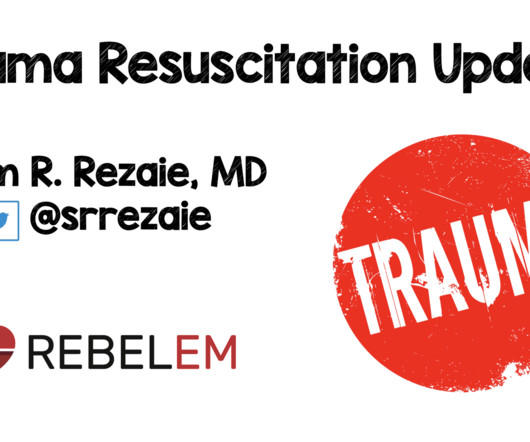
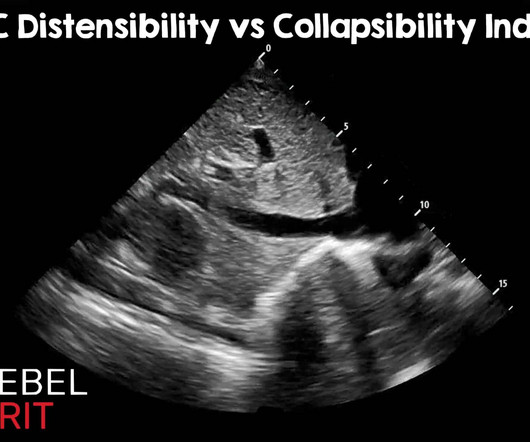


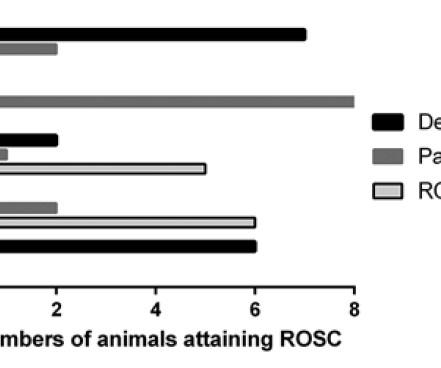

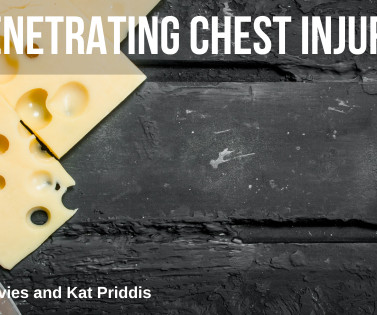

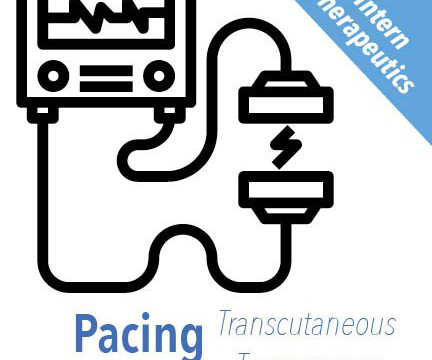


















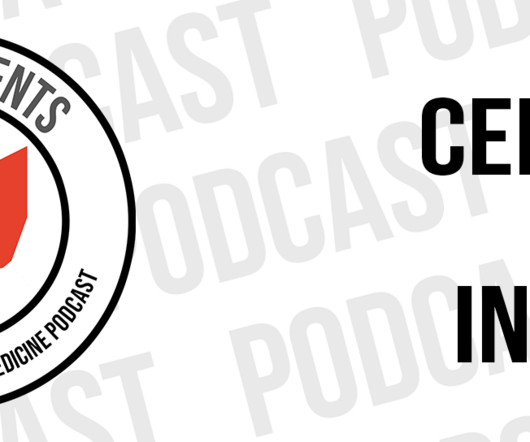




















Let's personalize your content